 |
|
| Issue #70 • July/August, 2001 |
In my mind, one of the simple pleasures in life is hot biscuits, a dab of butter, and a dollop of homemade jelly. Around here any biscuits left after a meal immediately become dessert after being slathered with a spoonful of sweet jam or jelly. Over the past 25 years or so, I have experimented with many good recipes for jams and jellies. I like these simple sweets for several reasons. First, they remind me of the times when my Grandma and my mom would make batches of the sweet fruit spreads. Of course, that is probably where I picked up the “jelly-biscuit” habit as well. Homemade jellies are a good use for the extra fruit that is sure to grow on any productive homestead. Jelly-making is also a good use for any of a wide variety of wild fruits that are found all around our country. Finally, they are easy to make.
With all that in mind, and with a warm jelly-biscuit waiting on me as I write, here are a few unusual jelly recipes that I am certain you will find to your liking.
Elderberry-sumac jelly
The elderberry, with its characteristic heavy clusters of blue-black berries, is actually a member of the honeysuckle family. More commonly known as a fruit for making homemade wine, the buckshot-sized berries also make excellent jelly.
|
I look for clumps of elderberry bushes growing along field edges, grown up areas, old homesites, and odd spots around my neighborhood. By the way, I don’t pick elderberries growing by the roadsides. Although they grow prolifically along the country backroads, I figure both the plants and the fruit have been bathing in too much automobile exhaust to suit me.
For those readers who are doubting my sanity at using sumac in a food product, rest assured that this is not the white-berried Poison Sumac (Rhus vernix). The types of plants required for this jelly are either the common Smooth Sumac (Rhus glabra) or Staghorn Sumac (Rhus typhina). Either one has the shrubby stems and dozens of dark red seed heads that contain the tart fruit that we will use. To make the jelly, you will need:
2 cups elderberry juice
2 cups sumac juice
5 cups sugar
1 pkg. Sure-Jell (a commercially available jelly-making powder)
Prepare the elderberry juice by putting 2 quarts of elderberries and 2 cups of water in a suitable pot. Heat the mixture and simmer for 10-15 minutes. Mash the softened fruit, stir, and simmer for another 10 minutes. Strain the finished juice through several layers of cheesecloth, or do as I do and use an old pillowcase or tee-shirt.
The sumac juice is prepared in a similar manner. Take a gallon or so of the berry heads and put in a pot. Cover with water. Heat while stirring and mashing the berries. I do not heat this mixture to boiling, rather just enough to help get the most color and flavor from the berry heads. After about 10 minutes, remove from the stove and strain the juice to remove stems, seeds, and as many of the fuzzy little seed hairs as possible.
To make the jelly, heat 2 cups of the elderberry juice and 2 cups of the sumac juice in a large pot. As the mixture begins to boil, add 1 package of Sure-Jell (or other commercially available jelly-making compound) and mix thoroughly. Return the solution to a boil and add, while stirring, the 5 cups of sugar. Allow all this to boil for 3 minutes, stirring all the while to prevent sticking or scorching. After the 3 minutes have elapsed, remove from heat and ladle into sterilized 1/2-pint jelly jars. Have your lids and rings ready and screw on snuggly. Cover the capped jars with a light towel and allow them to self-seal.
Elderberry jelly
This recipe uses the traditional method of cooking down jelly without adding commercially available pectin. When making jelly in this manner, only high pectin fruits may be used. Acid is also necessary for proper gelling. In this case, the recipe calls for the addition of lemon juice to provide the acid needed.
1 lb. elderberries
½ cup water
1 lb. sugar
juice of 2 lemons
Crush the berries and add the water, heat and simmer. Strain the resulting juice and put back on heat. Add the lemon juice and slowly stir in the sugar. Boil the mixture for 30 to 45 minutes, stirring to keep it from scorching.
When the jelly sets when tested, remove from heat, pour into jars, and seal.
NOTE: The jelly test is performed as follows: dip a spoon into the jelly mixture. Move the spoon away from the steam and heat. Tip the spoon on its side. If the jelly clings together and sort of slides off the spoon in one glob, the jelly is ready.
Corn cob jelly
An unusual, yet very tasty jelly can be made from ordinary corn cobs. Yep, plain ol’ corncobs! This jelly has a beautiful reddish color and passed the ultimate taste testmy kids. A good friend gave me this recipe which I immediately came home and tried.
12-14 red corn cobs
6 cups sugar
2 pkgs. Sure-Jell
Start by gathering a few dozen red corn cobs. Most field corn varieties have red cobs. I’m not sure if the red cobs do anything for the flavor, but they do add the nice red color to the finished jelly. I went out just hours behind the corn picker and gathered up a good supply.
|
Take a dozen or so of the cobs and break them into thirds. Put the pieces into a large pot and cover with water. It should take about 9-10 cups of water. Cover the pot and boil for 30 minutes. While the cobs are a-cooking, get your jars and lids ready. After that time, drain and strain the liquid through a cloth, such as an old tee shirt. Take 6 cups of the liquid and put back on the heat. Bring to a boil and add 2 packages of Sure-Jell. Next, gradually add 6 cups of sugar. Return the pot to a boil, stirring to prevent sticking or scorching. Boil for 3 minutes. Remove from heat and ladle into the clean and ready jars. Snugly apply the lids, cover the filled jars with a towel and allow them to self-seal. This recipe makes about 5 pints.
Crabapple jelly
Another old-time homestead fruit is the crabapple. These small, tart cousins of the more common varieties of table apples were often grown on the small place for making jelly and preserves. Any extras were usually fed to the family hog. To make this tart and tasty fruit spread, you will need:
3 lbs. crabapples (about 10 cups, cut up)
4 cups water
2 cups sugar
2 Tbsp. lemon juice
1 pkg. Sure-Jell
Add the cut-up crabapples and water to a pot and bring to a boil. Simmer, covered, until the fruit is soft. Put the fruit in a jelly bag or similar cloth bag and allow to drain until you have about 4 cups of juice. Put the juice back on the heat and bring to a boil. Add the Sure-Jell and mix well. Slowly stir in the sugar. Allow to boil for about 15 minutes, stirring constantly to prevent scorching. Remove the mixture from heat and pour into your jars. Attach the lids and allow to seal. Makes about 3 pints.
Pear honey
This tasty fruit spread is something my grandma used to make. It is pretty easy to prepare and is excellent to eat on hot biscuits. It has a sweet and tasty texture similar to apple butter. This recipe uses the old variety of pears, Keiffers, that are rock hard when picked. They must be placed in a sack or on a table or shelf to ripen before they are used. Many of these vigorous old pear trees are still found on abandoned homesites scattered around the country.
4 cups pears (peeled, sliced, and cored)
½ cup water
4 tsp. sugar
2 tsp. lemon juice
1 cinnamon stick
12 cloves
Mix the pears and water and puree in a food processor or blender. Add the sugar, lemon juice, cinnamon, and cloves. Heat and simmer until thickened as desired. Stir occasionally. Pour the mixture into hot jars and apply the two-piece lids. Cover the jars with a towel and they should self-seal.
These recipes may help you get new ideas for using wild fruits, orchard surplus, and corn cobs in your own kitchen. All of them are very tasty and will surely be a hit with your family. Remember, as you experiment with these and other jelly recipes, that there are many more jelly flavors out there other than grape.


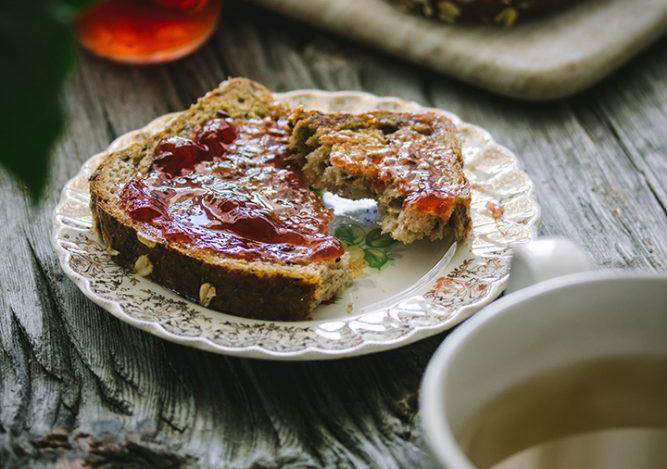









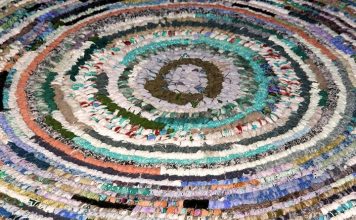

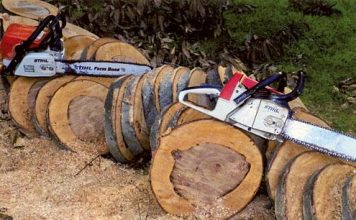
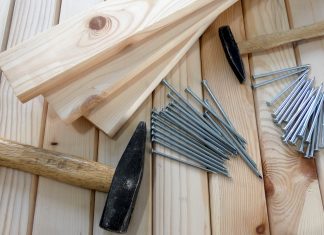
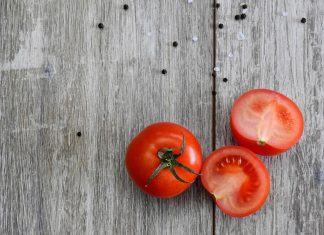
Inspiring list! Never heard of corncob jelly. Now I want to try some. Thanks also for showing how to make jellies without Sure-Jell, since I don’t have any.